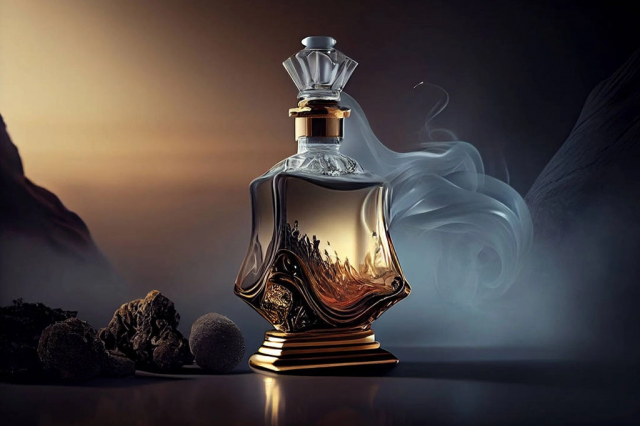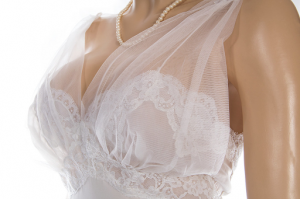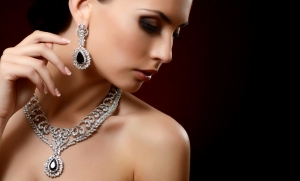Arabian perfumery has a longstanding reputation for skillful craftsmanship and compelling aromas. The blends created in this cultural setting often reflect both deep-rooted customs and modern twists, attracting those who appreciate vibrant scents. Although masculine fragrances tend to get significant attention, the artistry behind feminine compositions deserves equal admiration. These perfumes capture elegance and personality while paying tribute to a heritage that reveres quality and creativity.
A Legacy Etched in History
Centuries ago, fragrant materials like oud, rose, and musk were vital trading goods, symbolizing wealth and fostering connections between distant regions. Local communities cherished these valuable resources, devoting time to refining methods of extraction and mixing. Over generations, this dedication led to a sophisticated approach that persists even in contemporary formulas.
Throughout this evolution, the focus remained on highlighting genuine aromas and premium ingredients. Arabian perfumers recognized that scent can be a personal expression of values, emotions, and social roles. By entrusting skilled artisans with the task of selecting, distilling, and blending oils, families ensured that traditional knowledge remained central to the process. The result was a range of fragrances imbued with stories of faith, hospitality, and art.
Women Perfumes: Embodying Softness and Strength
Many enthusiasts focus on the bold and resinous side of Middle Eastern scents, yet women perfumes in the region boast distinctive qualities that command equal respect. Rather than relying solely on intense spice or smoky oud, women’s blends often weave floral notes and gentle sweetness into the composition. Rose, jasmine, saffron, and even hints of citrus can provide a fresh opening, creating an inviting atmosphere around the wearer.
Though lighter in feel compared to some men’s creations, these perfumes are by no means timid. Arabian traditions frequently favor layering techniques, generating sophisticated formulas that shift and reveal subtle facets over time. Individuals may detect bright top notes initially, only for the fragrance to settle into a warm heart of musk or amber. This balanced approach ensures each perfume radiates confidence and softness in equal measure.
Elements That Define Feminine Scents
Arabian perfumery combines a variety of natural sources, each selected to bring depth to the finished product. One common theme is the harmonious pairing of floral and spice, introducing a sense of refinement. Below are a few ingredients that frequently appear:
- Rose: Symbolic of passion and devotion, it contributes a sweet and velvety aspect.
- Jasmine: Offers an ethereal, comforting essence that enhances the overall aura.
- Saffron: A touch of this spice can lend a subtle kick, lifting floral notes without overpowering them.
- Amber: Provides the warmth that grounds the lighter elements, generating a cozy foundation.
Mixing these ingredients demands precision. Too much saffron can overshadow delicate jasmine, while inadequate amber may lead to a fleeting drydown. By carefully balancing each component, perfumers craft an arrangement that stands out for its multifaceted charm.
Modern Takes and the Role of Innovation
Contemporary creators are reimagining Arabian-inspired perfumes through new techniques and unexpected combinations. They still value traditional ingredients but don’t shy away from adding fruity nuances or soft leather accords. Such experimentation opens up fresh possibilities for those who appreciate both heritage and innovation. Perfume houses are also exploring sustainable practices, making sure raw materials come from responsible sources that honor the environment and workers alike.
Customers benefit from these developments by having a wider array of fragrances available, each designed to resonate with a variety of tastes and lifestyles. Seasoned perfume enthusiasts might favor time-honored compositions that remind them of family gatherings, while newcomers could gravitate toward blends that integrate lighter notes of bergamot or gardenia. Through these innovations, the age-old art continues to speak to modern sensibilities.
Seeking out a reliable platform is often the first step in finding a fragrance that aligns with individual preferences. For those drawn to curated selections of Arabian-themed blends, PARFUM.AE stands out as a notable destination. Offering detailed information about each composition and its aromatic profile, they guide customers toward choices that cater to personal taste. Browsing through various categories can be an illuminating experience, unveiling the nuanced layers that characterize Middle Eastern perfumery.
Embracing an Expression of Identity
Aromatic notes have long been tied to self-expression, and Middle Eastern traditions underscore this concept by encouraging people to wear scents that reflect character and mood. Floral-heavy blends highlight tenderness, while robust musky undertones bring forth determination and spirit. This interplay invites women to enjoy fragrances that speak to every side of their personality.
Whether worn for a festive celebration, a casual outing, or a quiet evening at home, a finely chosen perfume transcends mere fashion. It becomes a loyal companion that sparks memory and conversation. The subtle shift of rose in the afternoon breeze or the comforting finish of amber at night can evoke strong emotional connections. Over time, these scents weave into the very fabric of daily life.
Ending on a Note of Gratitude
Arabian heritage offers a rich foundation that gives feminine fragrances exceptional dimension. By intertwining tradition with modern innovation, perfumers produce inspiring creations that strike a chord with countless admirers. Worn with pride, these compositions honor culture, femininity, and individuality all at once. Each swirl of jasmine or ripple of saffron is a tribute to the past, woven together to shape the scents of today. For women who value substance, artistry, and a sense of shared legacy, these perfumes stand as treasured companions—welcoming reminders of grace and timeless beauty.






